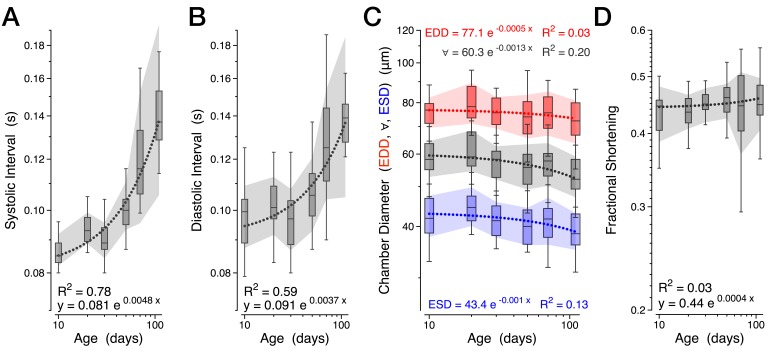Figure 2. Normal aging is characterized by a diastolic decline with preserved contractility.
Various cardiac functional parameters presented by age in a combined w1118 and Canton S dataset, n = 18 to 30 animals per time-point: (A) Median heartbeat with heart rate (inset). (B) Estimated cardiac output per second (blue) and per stroke (red). (C) Median heart wall velocity with peak velocities of contraction (red dots) and relaxation (blue dots). (D) Probability histograms of the time from initiation of contraction to peak contraction velocity (red) and from the peak contraction velocity to peak relaxation velocity (blue). The shaded areas in panel B represent the mean +/− s.d., with regressions plotted as dotted lines.
DOI: http://dx.doi.org/10.7554/eLife.20851.005


